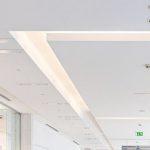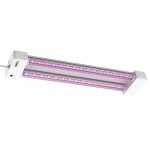Sleep Better with Blue Light: Understanding How LED Light Color Affects Your Sleep
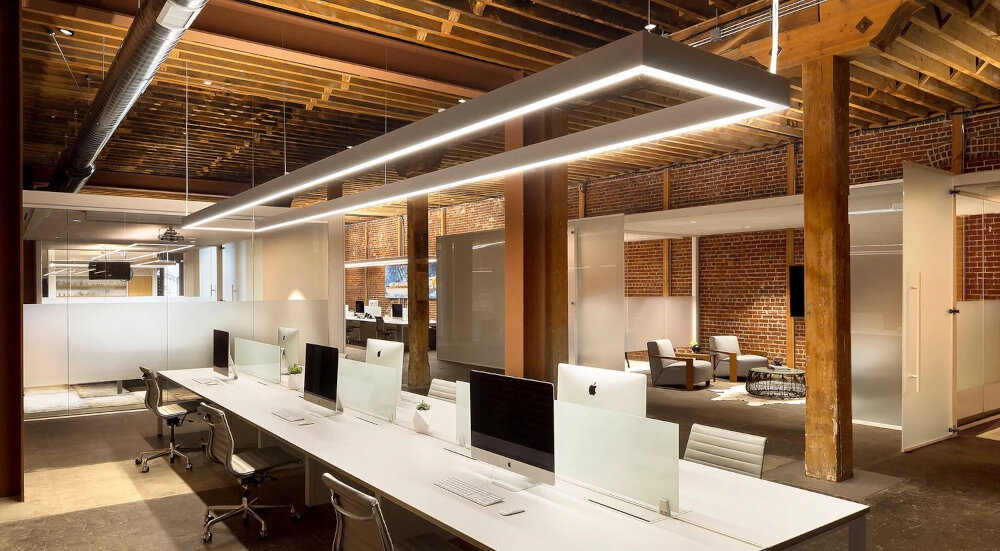
Sleep is an essential part of our daily lives, and it plays a crucial role in our overall health and well-being. However, with the increasing use of electronic devices, it has become challenging to get a good night’s sleep. The blue light emitted by these devices can disrupt our natural sleep cycle, leading to sleep disorders and other health issues. Therefore, understanding how LED light color affects our sleep is crucial to ensuring we get the rest we need. LED lights have become increasingly popular in recent years, and they offer many benefits over traditional lighting systems. However, the blue light emitted by LED lights can negatively impact our sleep patterns. Our bodies are naturally programmed to respond to different light colors, and exposure to blue light at night can suppress the production of melatonin, the hormone responsible for regulating our sleep-wake cycle. This suppression can lead to insomnia, fatigue, and other sleep disorders, making it essential to understand how to mitigate the effects of blue light on our sleep.
Sleep is a vital component of human health and well-being. It is during sleep that the body repairs and rejuvenates itself, and the brain consolidates memories and processes emotions. Getting enough quality sleep is essential for maintaining physical and mental health, as well as overall performance and productivity. Lack of sleep or poor sleep quality can lead to a range of negative effects, including daytime fatigue, impaired cognitive function, mood disturbances, and an increased risk of chronic health conditions such as obesity, diabetes, and cardiovascular disease. Understanding the impact of light on sleep is crucial for optimizing sleep quality, and the use of blue light filters in electronic devices can help promote better sleep hygiene.
What is Blue Light and How Does it Affect Sleep?
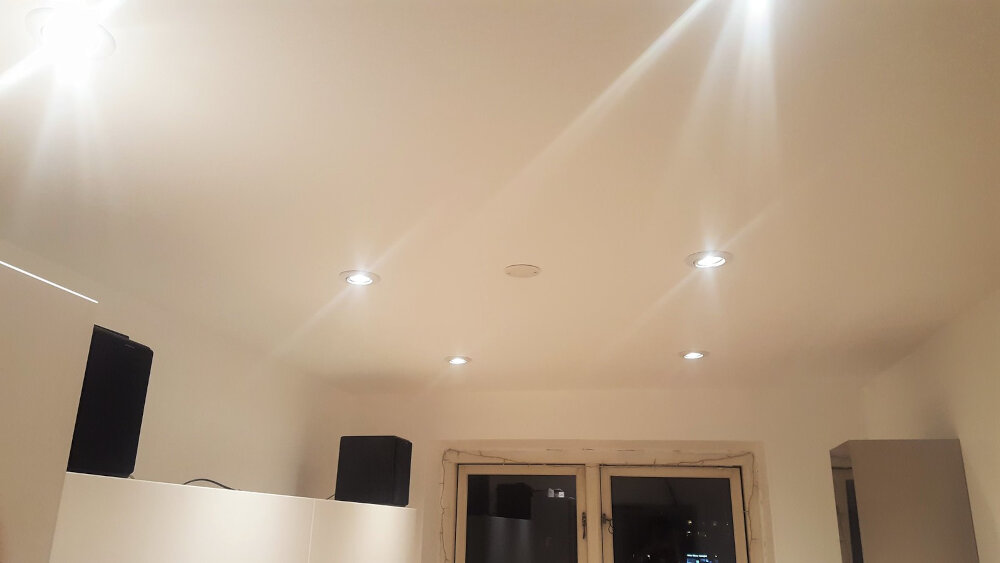
Blue light is a type of light that has a short wavelength and high energy, which is found in electronic devices such as smartphones, laptops, and LED lights. It is often used as a source of illumination because it has a bright and vibrant appearance. However, exposure to blue light at night can have negative effects on sleep quality. This is because blue light suppresses the production of melatonin, a hormone that regulates the sleep-wake cycle. When melatonin levels are low, it can be difficult to fall asleep and stay asleep, leading to sleep deprivation and daytime fatigue. The effects of blue light on sleep are particularly significant for individuals who use electronic devices before bedtime. This is because the screens of these devices emit high levels of blue light, which can interfere with the natural sleep process. To minimize the impact of blue light on sleep, it is important to limit exposure to electronic devices before bedtime. This can be achieved by using software that filters blue light from screens, or by using devices that emit less blue light. Additionally, it may be helpful to establish a regular sleep routine to promote healthy sleep habits and improve overall sleep quality.
Blue light is a type of light that is emitted by electronic devices such as smartphones, tablets, and laptops, as well as energy-efficient LED light bulbs. It has a short wavelength and high energy level, which makes it particularly effective at suppressing the production of melatonin, a hormone that helps regulate sleep-wake cycles. Blue light exposure can disrupt the body’s natural circadian rhythm, making it more difficult to fall asleep and stay asleep. In addition to electronic devices and LED light bulbs, blue light is also present in natural sunlight, which is why exposure to natural light during the day can help regulate sleep patterns. It’s important to be aware of blue light sources and minimize exposure to it, particularly in the evening hours, in order to improve the quality of sleep.
Blue light is a powerful stimulant that affects the body’s natural sleep cycle. This type of light is emitted by electronic devices such as smartphones, tablets, and computers, as well as energy-efficient LED lights. Exposure to blue light before bedtime can disrupt the production of melatonin, a hormone that regulates sleep, making it difficult to fall asleep and stay asleep. This can lead to a range of sleep-related problems, including insomnia, daytime fatigue, and mood disorders. To counteract the negative effects of blue light, experts recommend limiting screen time before bed, using blue light-blocking glasses, and choosing warm, amber-colored bulbs for nighttime lighting. By being mindful of the impact of blue light on our sleep, we can take steps to improve our overall health and well-being.
Exposure to blue light at night can have negative effects on our health. Our circadian rhythm, or internal body clock, is influenced by the presence or absence of light. Exposure to blue light can suppress the production of melatonin, a hormone that helps regulate sleep. This can lead to difficulty falling asleep and staying asleep, as well as a disrupted sleep-wake cycle. In addition, exposure to blue light at night has been linked to an increased risk of obesity, diabetes, and certain cancers. It is important to be mindful of our exposure to blue light at night, particularly from electronic devices such as smartphones and computers, and take steps to minimize this exposure to promote healthy sleep habits and overall health.
The Science Behind Blue Light and Sleep
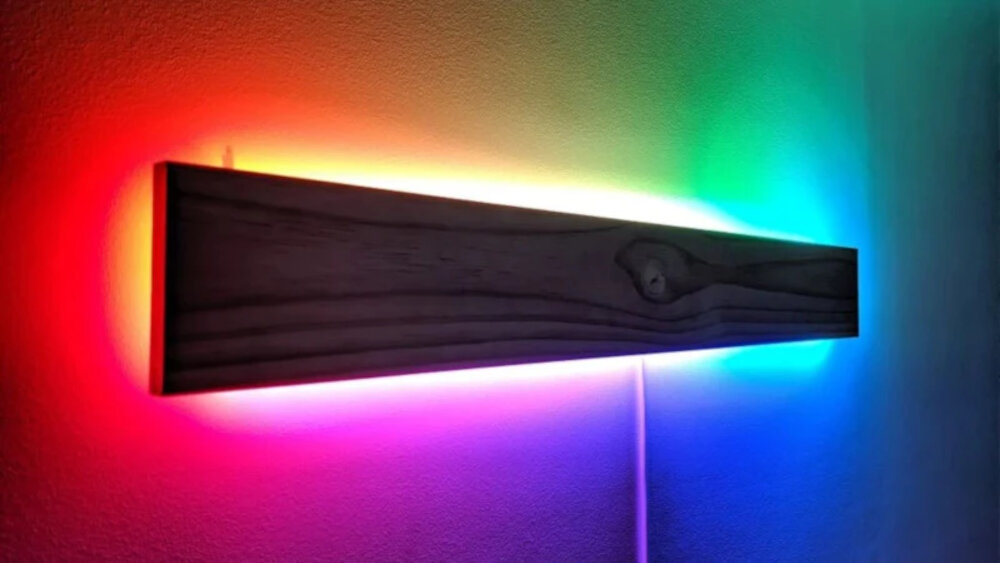
Blue light is a type of visible light with a short wavelength that is emitted by electronic devices such as smartphones, laptops, and televisions. This type of light has been found to have a negative impact on our sleep patterns, especially when we are exposed to it at night. Blue light can suppress the production of melatonin, a hormone that regulates our sleep-wake cycles. This means that when we are exposed to blue light at night, our bodies may not produce enough melatonin to help us fall asleep and stay asleep. As a result, we may experience insomnia or other sleep disturbances. Some studies have even linked blue light exposure to an increased risk of depression and other mental health issues. Fortunately, there are ways to minimize the negative effects of blue light on our sleep. One way is to limit our exposure to electronic devices that emit blue light, especially in the hours leading up to bedtime. Another option is to use special glasses or filters that block blue light. Additionally, some LED light bulbs are designed to emit less blue light, making them a better choice for bedrooms and other areas where we want to promote restful sleep. By understanding the science behind blue light and its impact on our sleep, we can make informed decisions about how to create a sleep-friendly environment in our homes and improve our overall health and well-being.
Research on blue light and sleep has become increasingly important in recent years as LED lighting has become more prevalent in our daily lives. Studies have shown that exposure to blue light, which is emitted by electronic devices such as smartphones, tablets, and computers, can interfere with our circadian rhythm and disrupt our sleep. This is because blue light can suppress the production of melatonin, a hormone that regulates our sleep-wake cycle. The effects of blue light on sleep quality and duration vary depending on the intensity and duration of exposure, as well as individual factors such as age and genetics. However, there are simple steps that can be taken to minimize the negative effects of blue light on our sleep, such as limiting screen time before bed and using devices with built-in blue light filters.
Blue light is a type of light that is emitted by electronic devices such as smartphones, tablets, and laptops. It has been found that exposure to blue light can significantly impact melatonin production, a hormone that regulates our sleep-wake cycle. Blue light has a similar wavelength to daylight, which can trick the body into thinking it is still daytime, thus inhibiting melatonin production. This can lead to difficulty falling asleep, reduced sleep quality, and disrupted circadian rhythms. It is recommended to limit blue light exposure before bedtime by using blue light filters on electronic devices or using warm light sources such as lamps with orange or red hues. By being mindful of our exposure to blue light, we can improve our sleep quality and overall well-being.
Blue light is a type of light that has a short wavelength and high energy. It is emitted by electronic devices such as smartphones, laptops, and LED lights. Exposure to blue light, especially at night, can disrupt the body’s circadian rhythm. The circadian rhythm is the body’s internal clock that regulates sleep and wakefulness. When the body is exposed to blue light at night, it suppresses the production of melatonin, a hormone that promotes sleep. This can lead to difficulty falling asleep and staying asleep. Blue light can also shift the body’s circadian rhythm, causing it to be out of sync with the natural day-night cycle. This can affect mood, energy levels, and overall health. To avoid the negative effects of blue light, it is recommended to limit exposure to electronic devices before bed and use warm, dim lighting in the evening.
Ways to Reduce Blue Light Exposure at Night
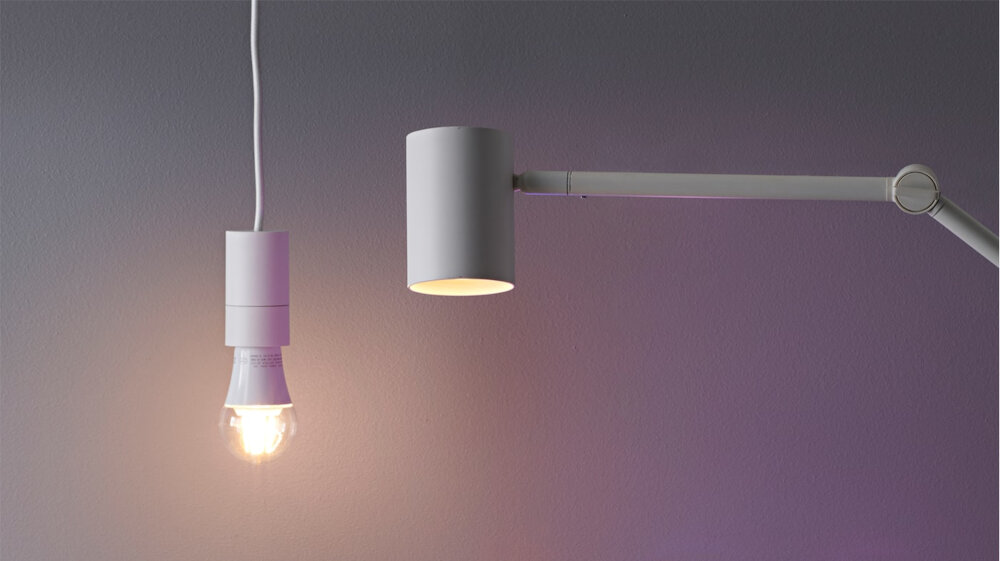
Exposure to blue light at night can negatively impact your sleep quality, making it harder for you to fall asleep and stay asleep. Fortunately, there are several ways to reduce your exposure to blue light before bedtime. One of the most effective ways is to use blue light blocking glasses or screen filters. These devices work by filtering out the blue light emitted by electronic devices, such as smartphones, tablets, and laptops. By reducing your exposure to blue light, you can help your body produce more melatonin, the hormone responsible for regulating your sleep-wake cycle. Another way to reduce blue light exposure is to adjust the lighting in your bedroom. Instead of using bright overhead lights, try using warm, dim lighting, such as a bedside lamp with a soft yellow bulb. You can also install dimmable lights in your bedroom, allowing you to adjust the brightness according to your needs. Additionally, you can try using candles or aromatherapy diffusers to create a relaxing atmosphere in your bedroom. By reducing your exposure to blue light and creating a calming environment, you can improve your sleep quality and wake up feeling refreshed and energized.
Reducing blue light exposure at night is crucial to improve sleep quality and overall health. Some practical tips to achieve this include adjusting the lighting in your home by using dimmer switches or warm-colored bulbs, limiting screen time before bed, and wearing blue-light-blocking glasses. Additionally, creating a bedtime routine that involves relaxation techniques, such as meditation or reading, can help prepare your body for restful sleep. Implementing these tips can significantly reduce the negative impact of blue light on your circadian rhythm, resulting in better sleep and improved overall well-being.
Blue light blocking glasses and filters have become increasingly popular as people become more aware of the negative effects of blue light on their sleep patterns. These glasses and filters work by blocking or filtering out the blue light emitted by electronic devices, which can disrupt our natural sleep-wake cycles. By reducing our exposure to blue light in the evening, we can improve the quality of our sleep and wake up feeling more refreshed. While there is still ongoing research on the effectiveness of these glasses and filters, many people have reported significant improvements in their sleep patterns after using them. It is important to note, however, that blue light blocking glasses and filters should not be used as a substitute for good sleep habits such as maintaining a regular sleep schedule and avoiding stimulants before bedtime.
To reduce blue light exposure in your home, start by adjusting your lighting. One way to do this is by using warm-toned bulbs instead of cool-toned ones. Warm-toned bulbs emit less blue light and create a more relaxing atmosphere. You can also install dimmer switches to control the brightness of your lights, especially in the evening. Another option is to use blackout curtains or shades to block out external light sources that may disrupt your sleep. Additionally, try to limit your screen time before bed, as electronic devices emit a significant amount of blue light that can interfere with your sleep cycle. By making these adjustments, you can create a more sleep-friendly environment and improve your overall quality of rest.
The Role of LED Light Color in Sleep Quality
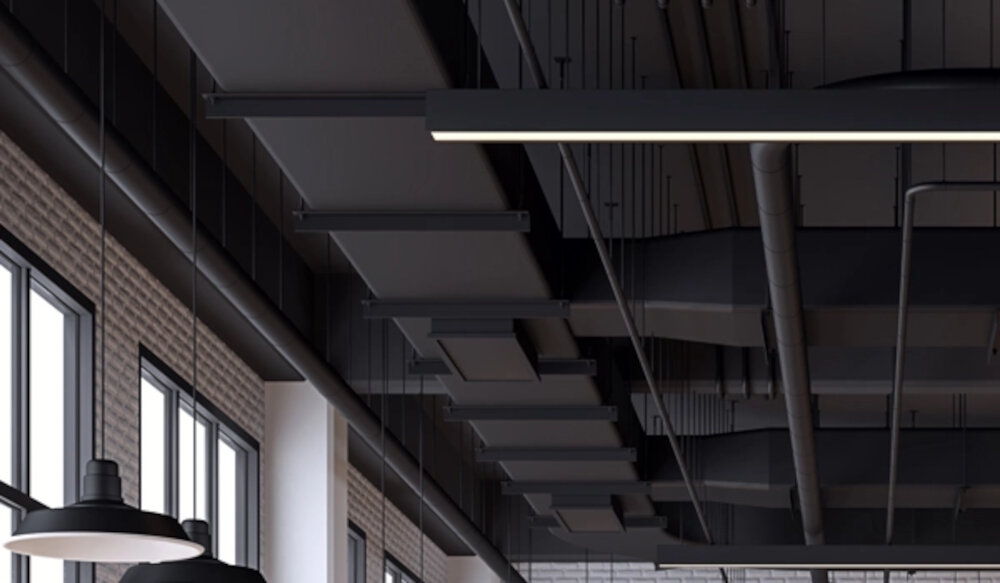
The role of LED light color in sleep quality is a topic that has gained a lot of attention in recent years. The use of LED lights has become increasingly popular due to their energy efficiency and longevity, but their impact on sleep quality has raised concerns. Research has shown that exposure to blue light, which is emitted by LED lights, can have a negative impact on sleep quality. Blue light suppresses the production of melatonin, a hormone that regulates sleep and wake cycles. This can lead to difficulty falling asleep and staying asleep, resulting in poor sleep quality. To mitigate the negative impact of LED lights on sleep quality, it is recommended to reduce exposure to blue light in the evening. This can be achieved by using warm-colored LED lights, which emit less blue light, or by using blue light filters on electronic devices. It is also important to limit exposure to electronic devices before bedtime, as they emit blue light that can disrupt the production of melatonin. By being mindful of the type of LED lights used and reducing exposure to blue light in the evening, individuals can improve their sleep quality and promote a healthier sleep-wake cycle.
The color of LED lights can greatly affect our sleep patterns. Blue light, in particular, can disrupt the natural circadian rhythm that regulates our sleep-wake cycle. This is because blue light suppresses the production of melatonin, a hormone that helps us fall asleep. Exposure to blue light in the evening can trick our brains into thinking it’s daytime, making it difficult to fall asleep and stay asleep. On the other hand, warmer light colors, such as orange and red, are less disruptive to our sleep and can even promote relaxation. By being mindful of the color of LED lights we expose ourselves to, we can improve our sleep quality and wake up feeling more rested and refreshed.
When it comes to promoting sleep, the best LED light colors are those that mimic the natural progression of the sun. Warm colors such as red, orange, and yellow are great for creating a relaxing atmosphere and can help to promote feelings of calmness and relaxation. However, when it comes to promoting sleep, blue light is the best choice. Blue light has been shown to suppress the production of melatonin, a hormone that regulates sleep, making it easier to fall asleep and stay asleep throughout the night. Additionally, blue light can help to reset your body’s natural circadian rhythms, making it easier to wake up feeling refreshed and energized in the morning. So, if you’re looking to improve your sleep quality, consider investing in LED light bulbs that emit a warm, relaxing glow or blue light.
Exposure to certain LED light colors at night can disrupt our sleep patterns and lead to a range of health risks. Blue light, in particular, can suppress the production of melatonin, the hormone that regulates our sleep-wake cycles, and keep us awake for longer periods. This can result in insomnia, fatigue, and even depression. Moreover, blue light exposure can interfere with the development of the visual system, cause eye strain and headaches, and increase the risk of age-related macular degeneration. Therefore, it is essential to be mindful of the type and intensity of light we expose ourselves to at night and take measures to minimize its impact on our health and wellbeing.
Sleep plays a crucial role in maintaining our physical and mental health. It allows our bodies to rest and recover from the stresses of the day, while also promoting healthy brain function and emotional well-being. However, many factors can disrupt our sleep patterns, including exposure to blue light from electronic screens. Blue light can suppress the production of melatonin, a hormone that regulates our sleep-wake cycle, and disrupt our circadian rhythm, making it harder to fall asleep and stay asleep. Therefore, it is important to be aware of the impact of blue light on our sleep quality and take steps to minimize our exposure to it, such as using blue light-blocking glasses or reducing screen time before bed.
Reducing blue light exposure at night is essential for better sleep quality, as it can interfere with the natural production of melatonin, the hormone that regulates sleep. To minimize the impact of blue light, it is recommended to avoid electronic devices, such as phones, tablets, TVs, and computers, at least 2 hours before bedtime, as they emit high levels of blue light. Instead, dim the lights in the evening or use warm light bulbs, which emit less blue light. Additionally, blue light blocking glasses can be worn when using electronic devices, and night mode settings can be activated to reduce blue light emissions. Lastly, spending more time outdoors during the day can help regulate the body’s natural sleep-wake cycle and improve sleep quality at night. By following these simple tips and strategies, you can reduce your exposure to blue light and enjoy a good night’s sleep.
If you want to improve the quality of your sleep, it’s time to prioritize it as a high-priority task in your daily routine. The first step is to understand how blue light exposure affects your sleep cycle. It’s no secret that our modern lifestyle is filled with blue light-emitting devices, from smartphones to laptops and TVs. By reducing your exposure to blue light before bedtime, you can help your body produce more melatonin, the hormone that regulates your sleep-wake cycle. So, disconnect from your devices at least an hour before bedtime, use blue-light-blocking glasses, or install apps that adjust the color temperature of your screens. Taking these small steps can help you sleep better and wake up feeling refreshed and energized, ready to tackle the day ahead.
Conclusion
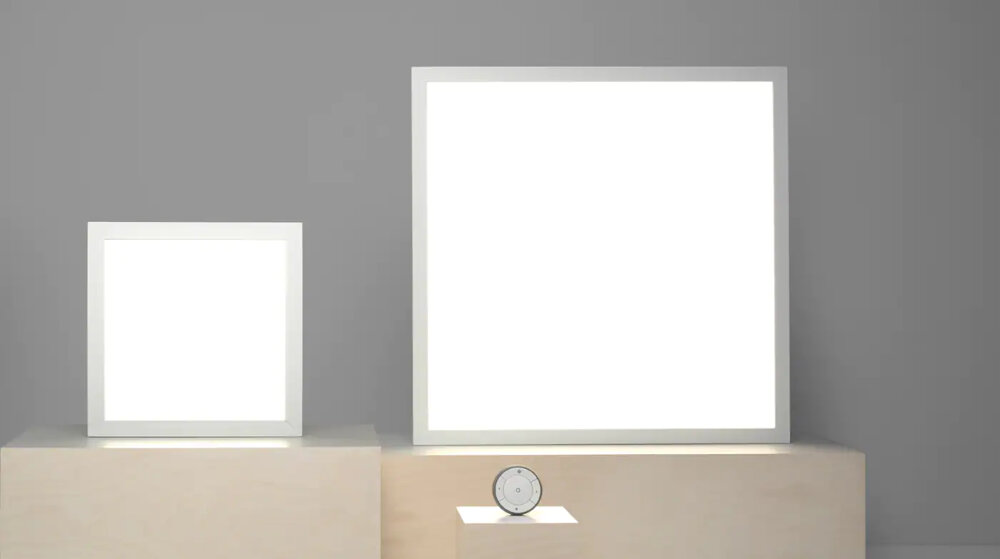
In conclusion, the impact of LED light color on sleep has been a topic of growing interest and research. Blue light, in particular, has been found to disrupt the body’s natural circadian rhythm and suppress the production of melatonin, a hormone that regulates sleep. However, recent advancements in technology have allowed for the development of blue light filters and warm-toned LED lights that can promote better sleep. It is important to take into consideration the type of light we are exposed to, especially in the evening hours, and make conscious choices to prioritize our sleep health. So, by understanding how LED light color affects our sleep, we can make informed decisions to optimize our sleep patterns and overall well-being.

